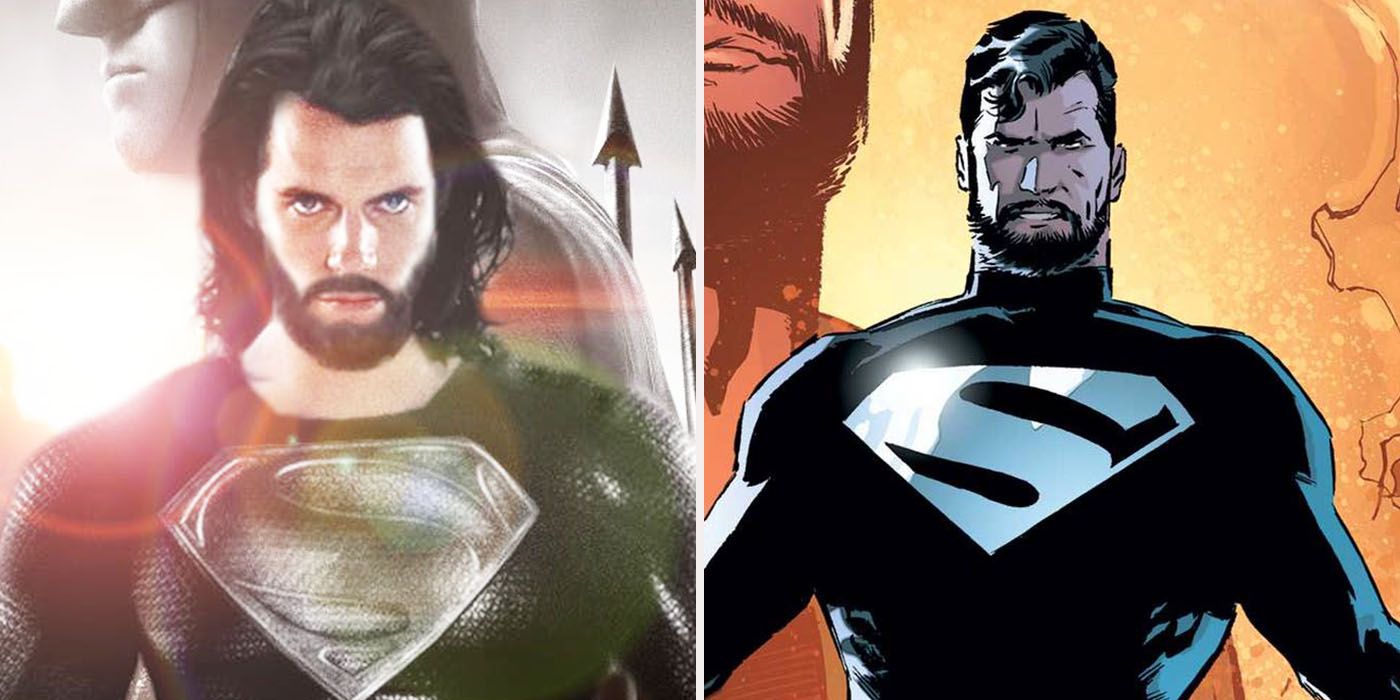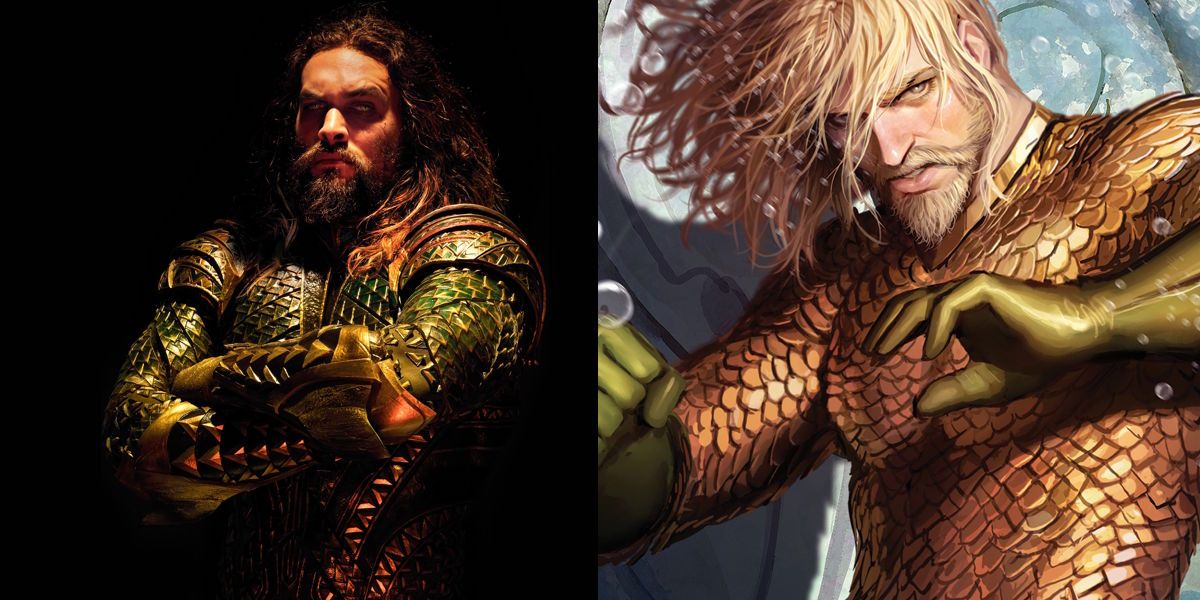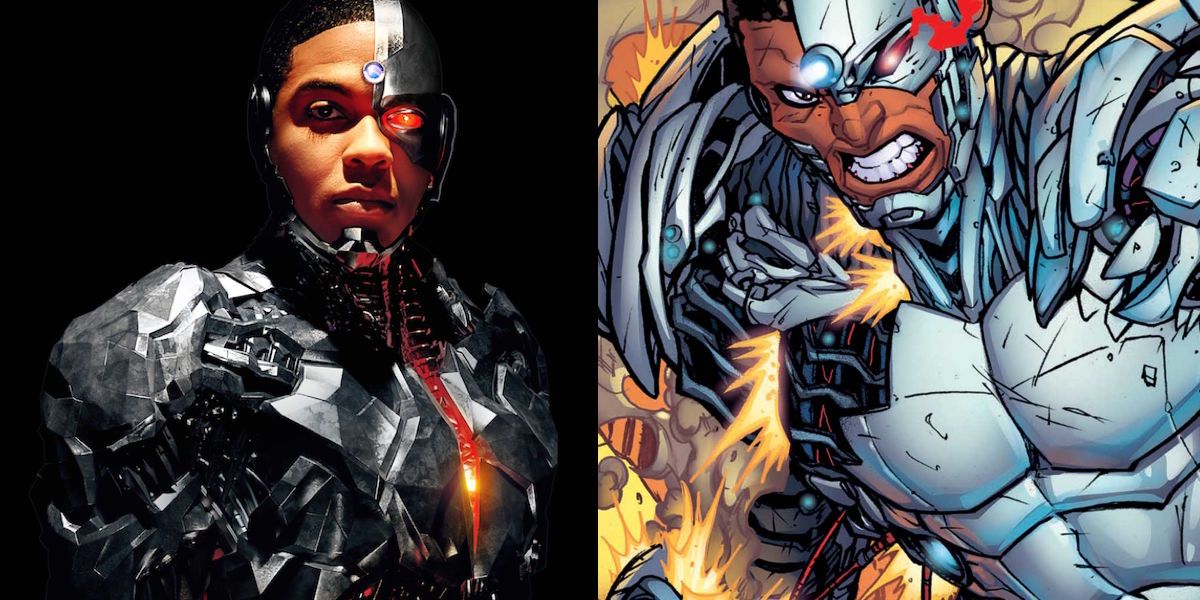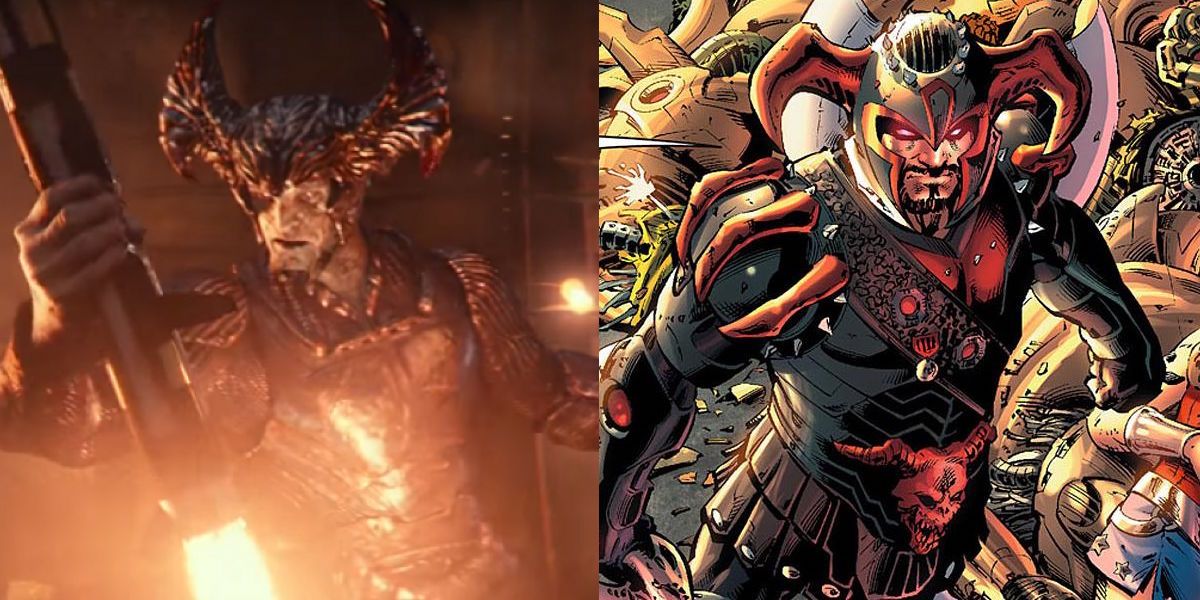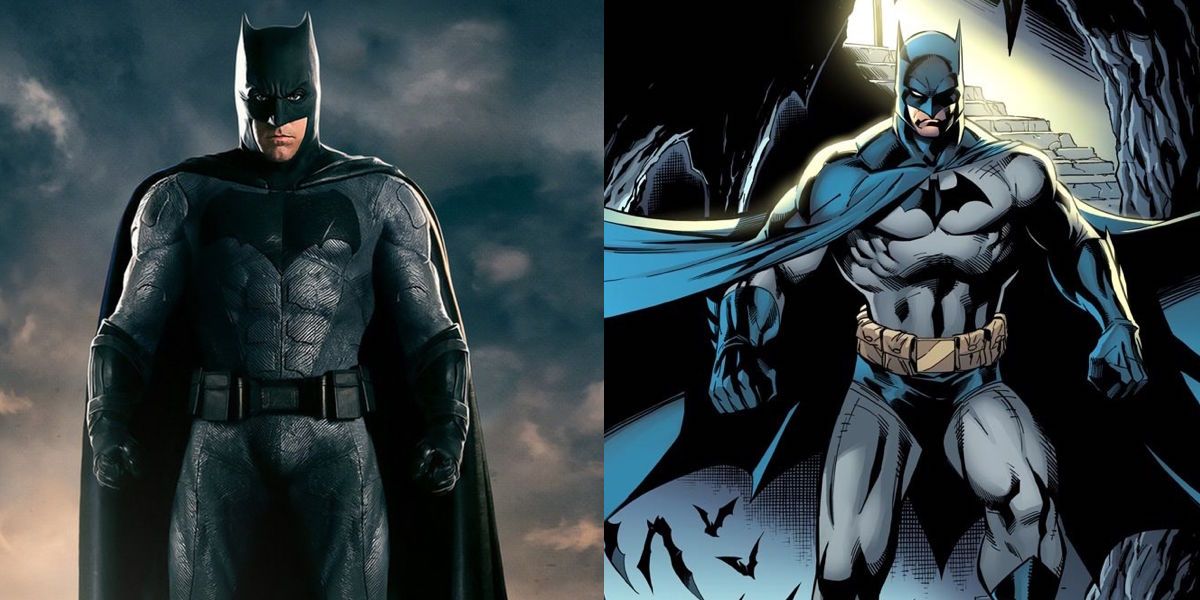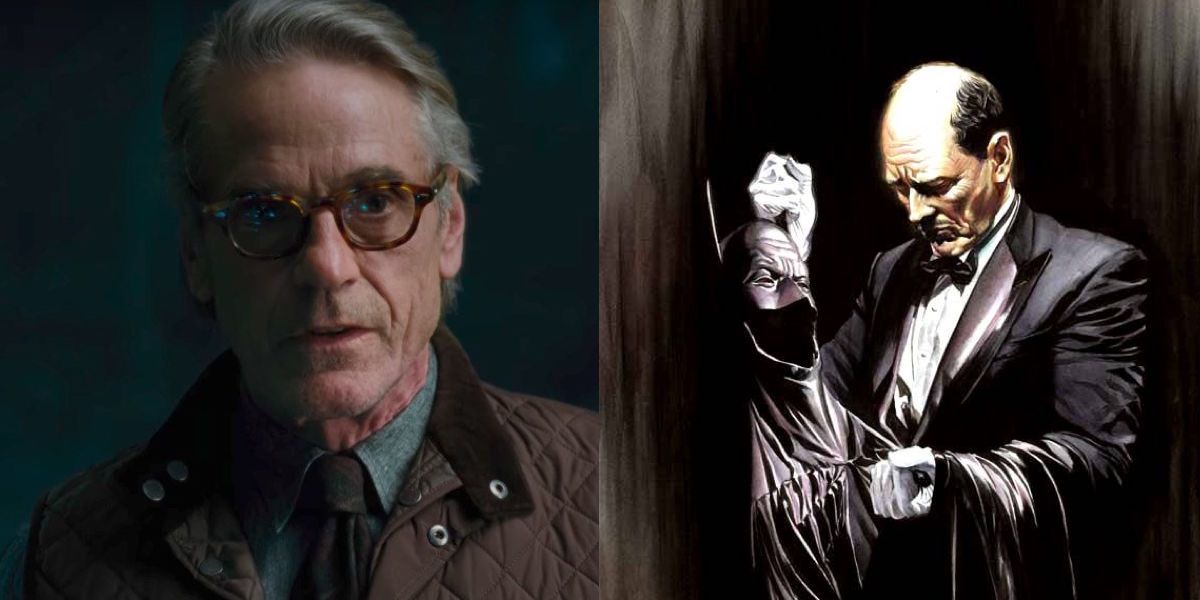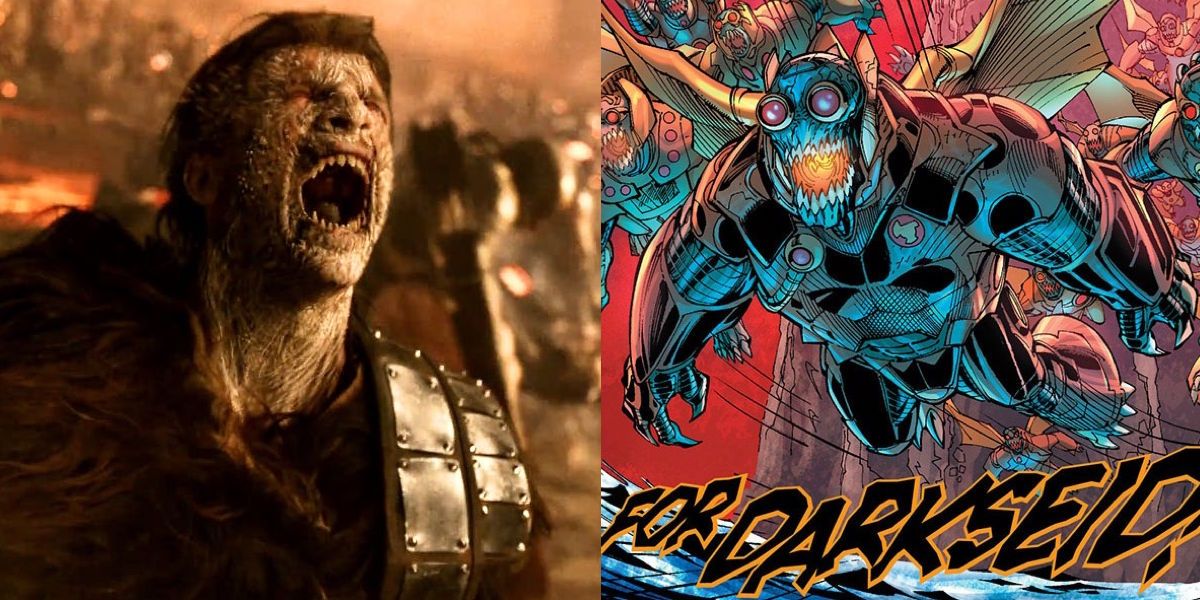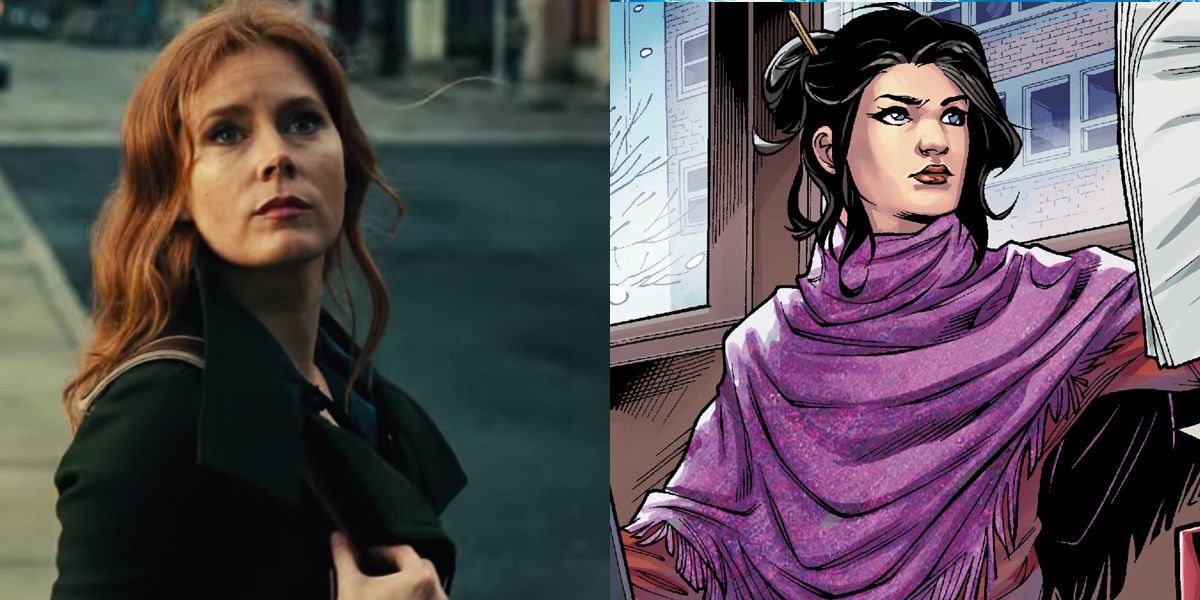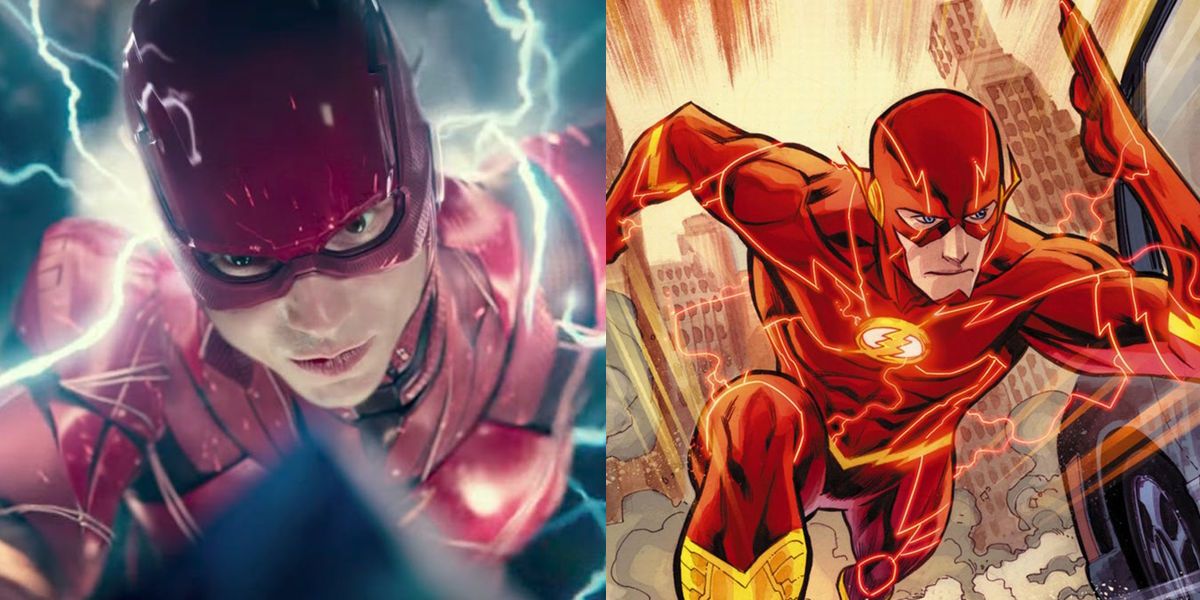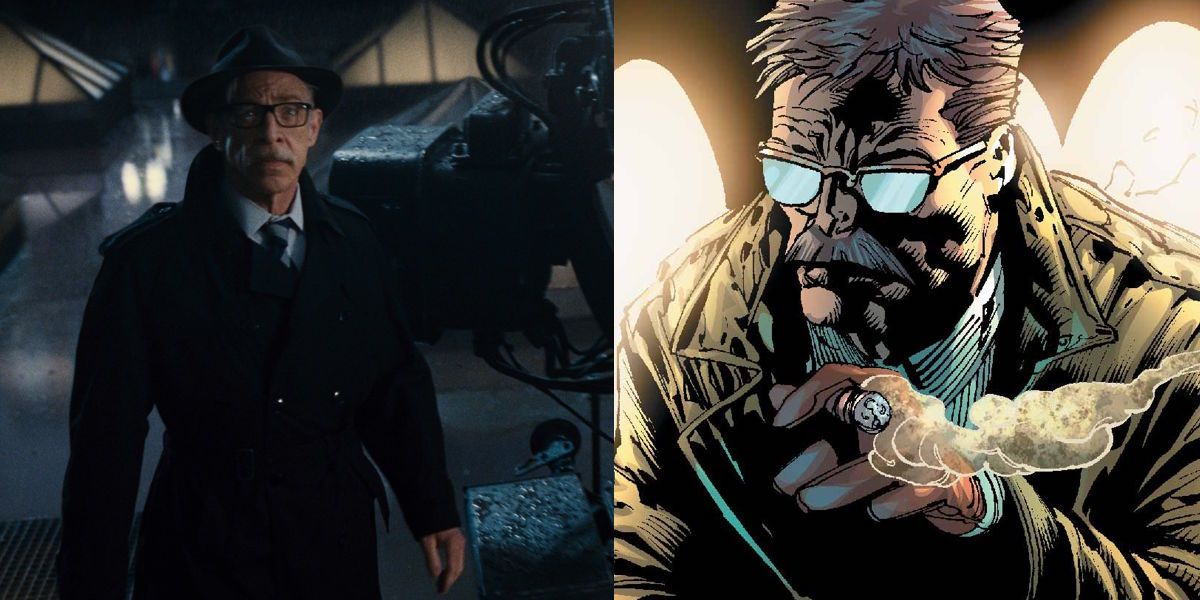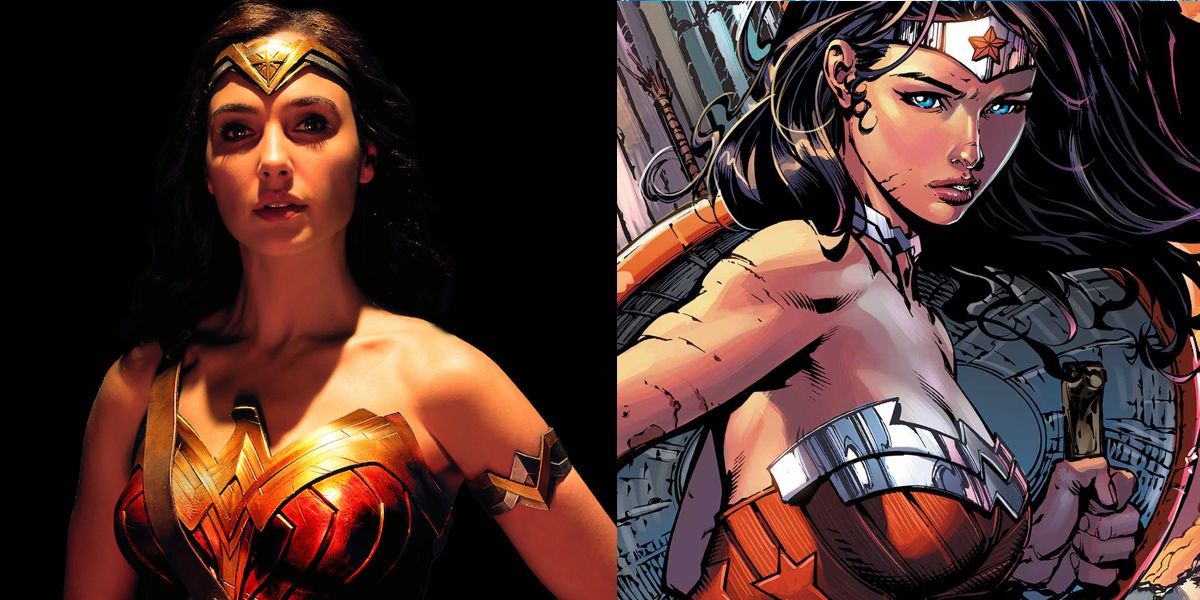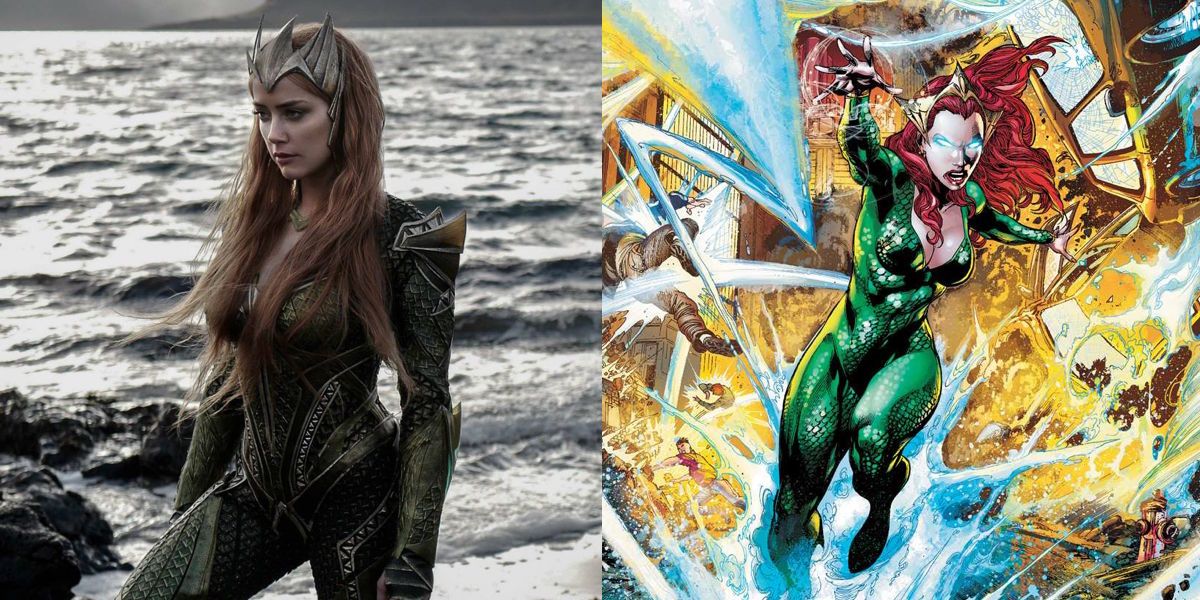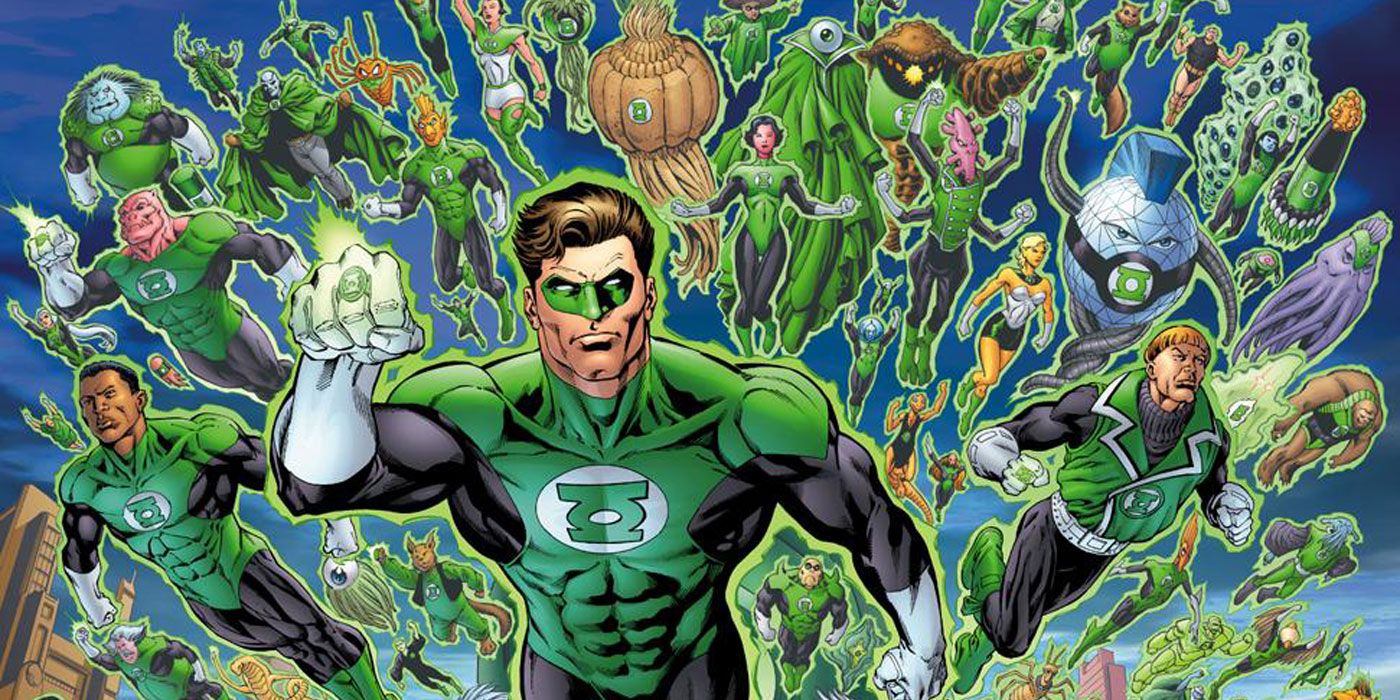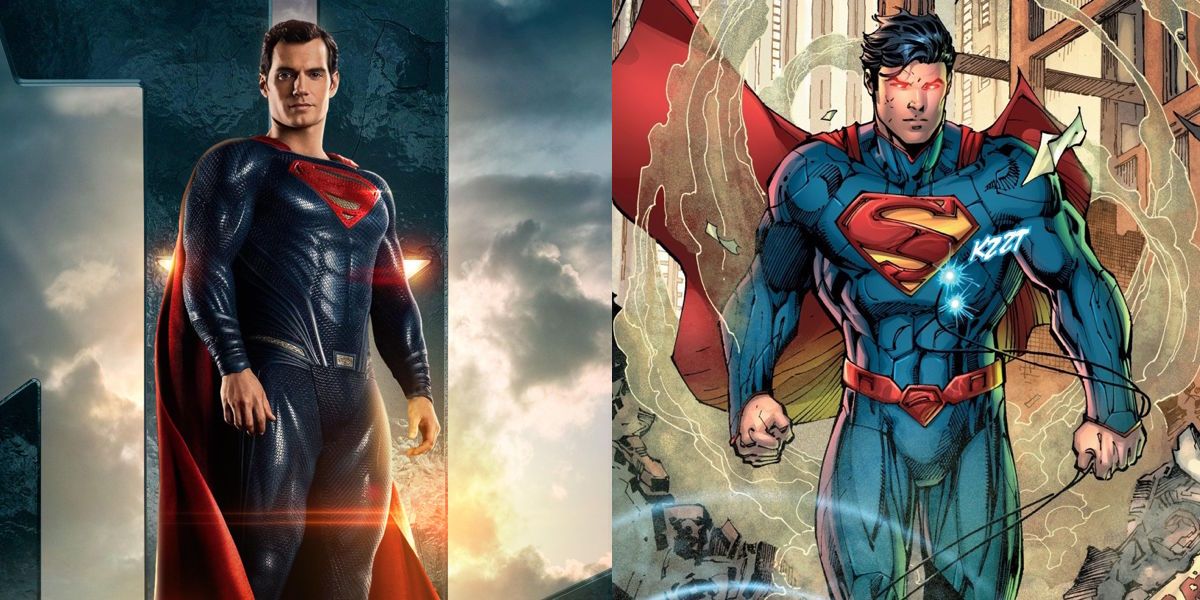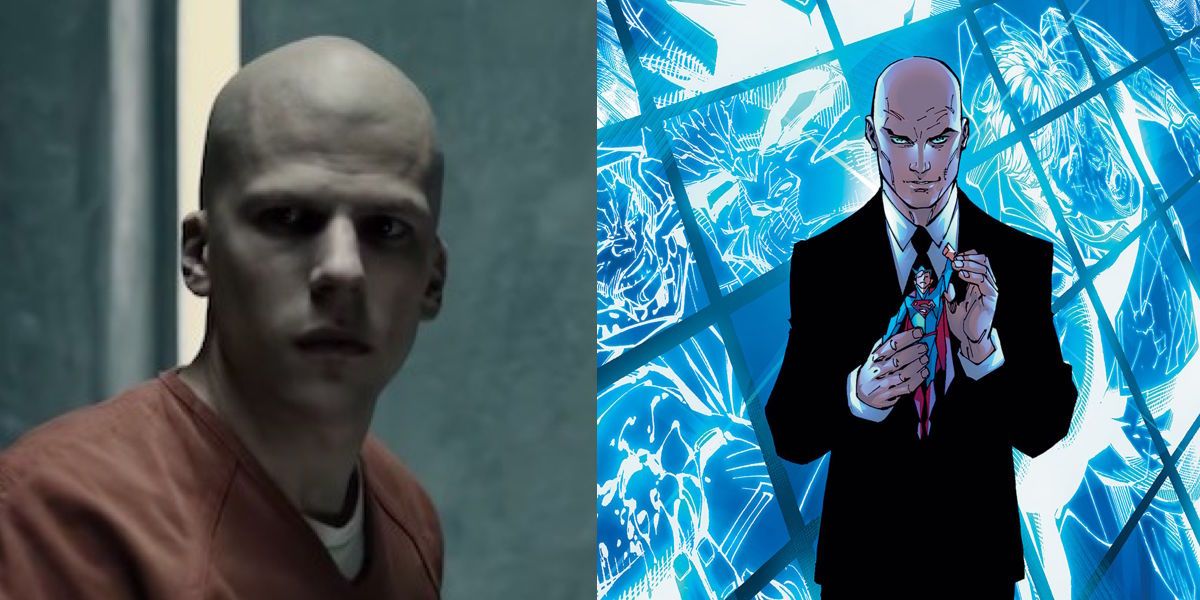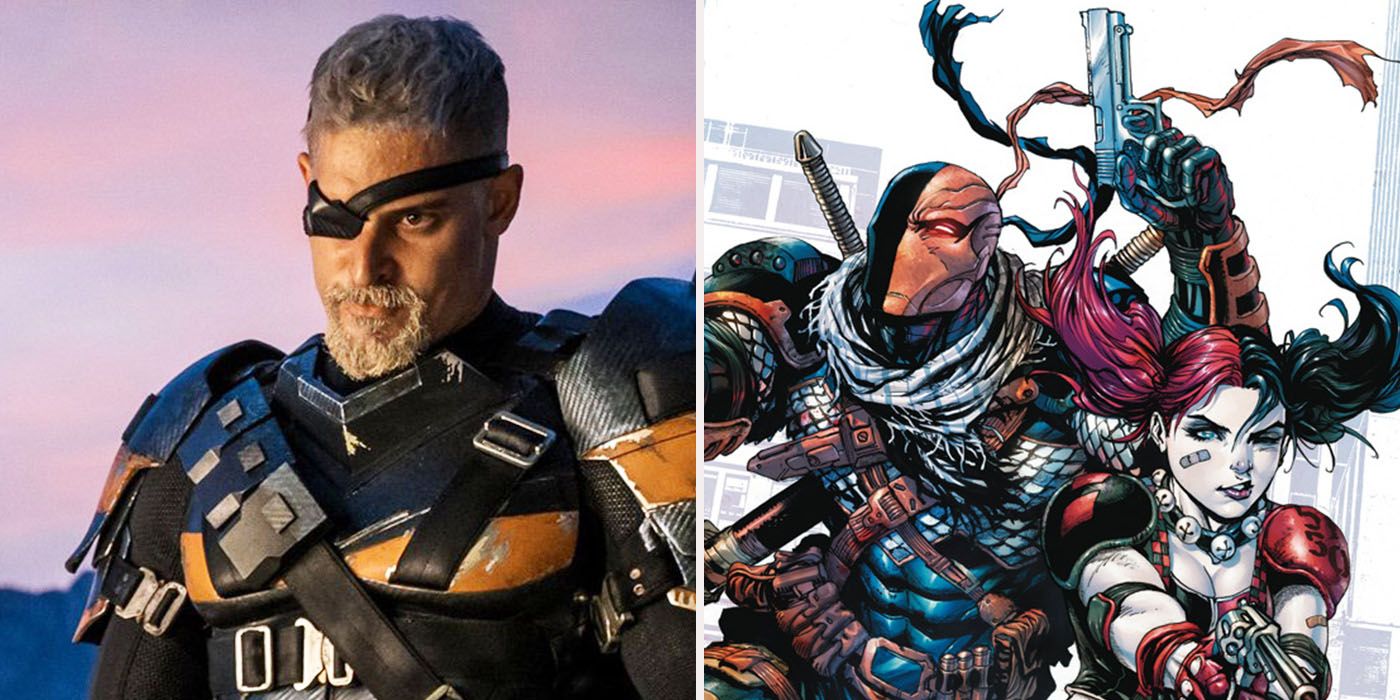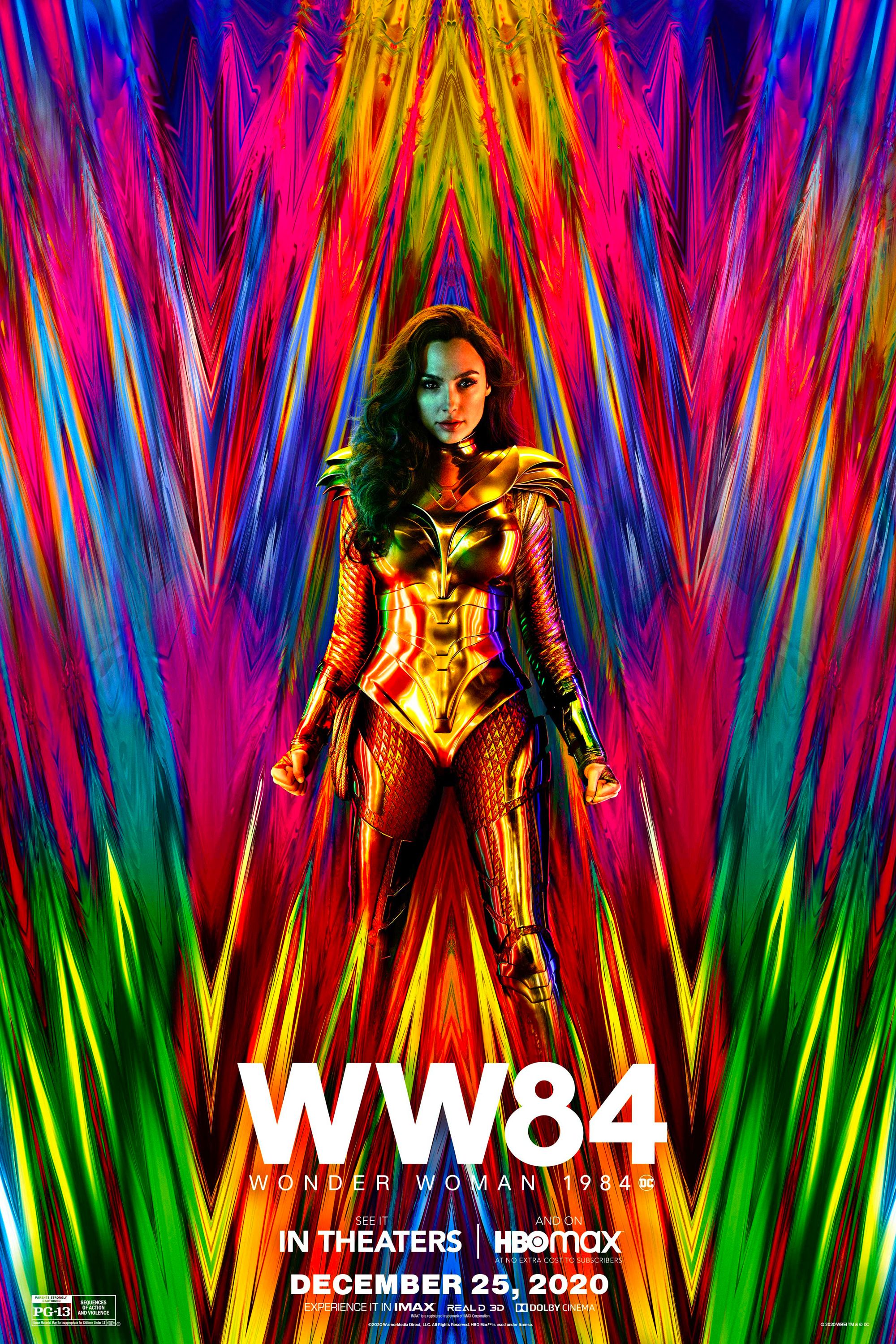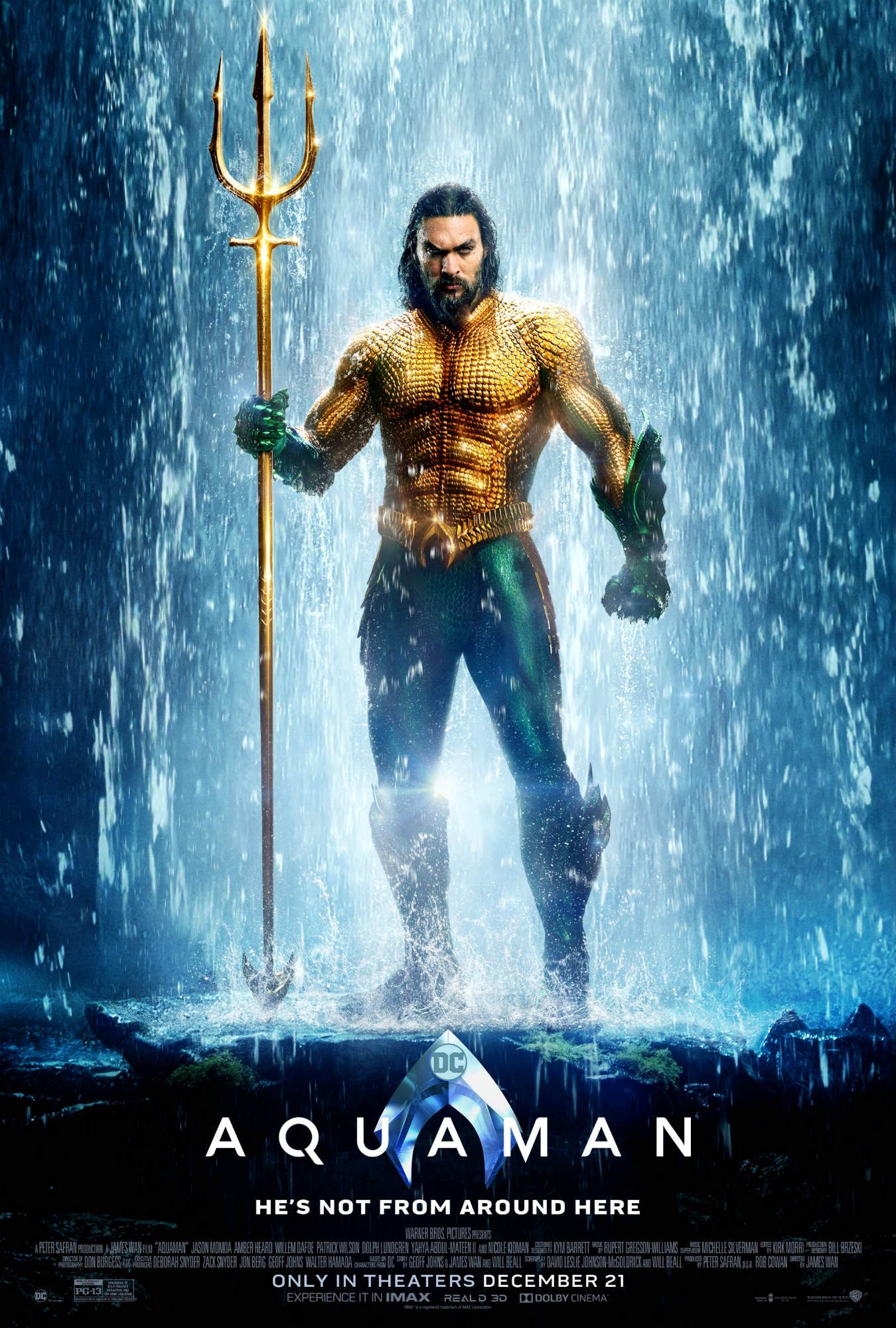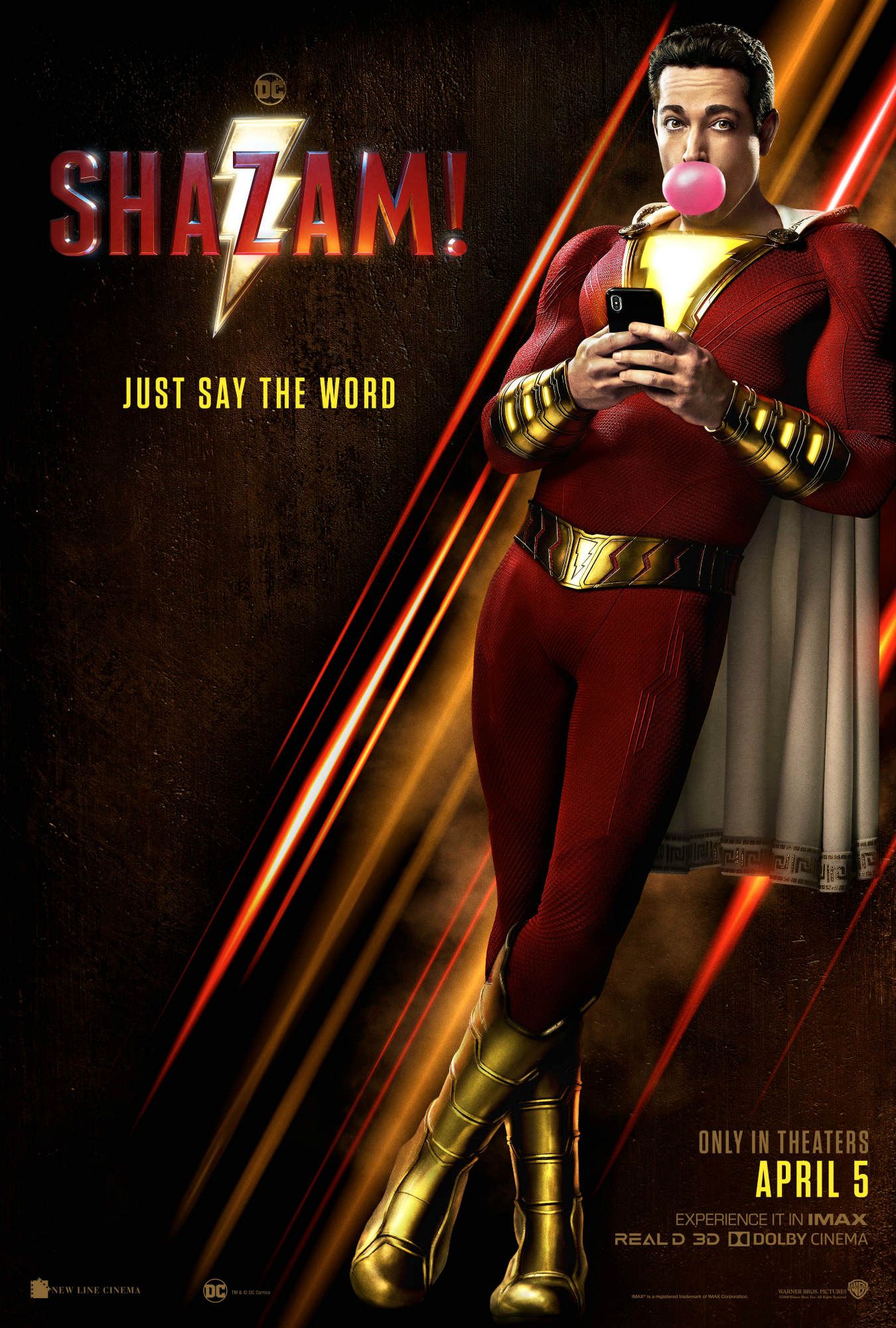After years and years of build-up, the titans of the DC Comics universe have finally joined forces thanks to the debut of Justice League. While the various films in the DCEU so far have introduced audiences to Superman, Wonder Woman, and Batman, Justice League brings even more heroes and villains into the fold. Many of these characters will go on to feature in their own films, which will further explore their backstory and history. When those arrive, we’ll have a better idea of how each of the characters compare to their comic book counterparts.
For now, however, Justice League offers a lot of insight into how the DCEU will present some of its most well-known characters. The film also provides us with an opportunity to look at the trilogy of sorts that Zack Snyder crafted between Man of Steel, Batman v Superman: Dawn of Justice, and Justice League. When you add in this year’s Wonder Woman, a picture of DC’s trinity and other ancillary characters come into better focus. From cameos to supporting players to headlining heroes, Justice League gives us our deepest dive yet into DC Comics on the big screen.
Here’s How 15 Characters Compare to the Comics.
Aquaman
Created by Mort Weisinger and Paul Norris, Aquaman made his debut way back in 1941’s More Fun Comics #73. In the early days, he was mostly marked by his power to swim underwater and speak with various aquatic lifeforms. Over time, he slowly gained super-strength and a more telepathic method of talking with sealife. It wasn’t until 1959’s Adventure Comics #260, however, that the story of Aquaman being Arthur Curry, a son of both Atlantis and the surface world arrived.
In Justice League, we meet an Aquaman much closer to the ‘90s interpretation of the character. Like in the comics, he possesses incredible strength and uncanny swimming prowess. He even admits he can communicate with undersea creatures by somehow connecting with the water itself. A lot of Aquaman’s scenes were cut from Justice League, but we get hints of his contentious backstory with both of his parents and homes. Luckily, those bits of backstory will factor into his upcoming solo film.
Cyborg
Like Aquaman, Cyborg was teased in Batman v Superman. He also had a number of scenes cut that further explored his backstory in the DCEU, which may be showcased in the Cyborg solo film. From what we do see in Justice League, however, Cyborg remains fairly true to the comics - besides the age adjustment of him being a Gotham City University student.
Possessing both a gifted mind and physical aptitude, Victor Stone upsets his scientist father by devoting himself to sports. During an argument at S.T.A.R. Labs where Silas Stone is experimenting on a Mother Box, an accident kills Victor. He’s able to be revived and augmented, however, by his father and the alien technology. This grants Cyborg a shifting cybernetic body that allows him to fly and use a variety of offensive and defensive tools. He can also connect to any technology, something we see in Justice League.
This version of the character comes from the New 52 era of the comics, and is fairly faithful. His previous ties to the Teen Titans, however, may also factor into the DCEU in the future.
Steppenwolf
Designed by Marvel pioneer Jack Kirby, Steppenwolf is one of the New Gods of the Fourth World. Unlike the heroic members of the race, Steppenwolf lives on the dystopian Apokolips with his nephew Darkseid. Possessing the superior strength and resilience of the New Gods, Steppenwolf is augmented by his expert military training and tactical skills. He serves his nephew as the general of his army, usually wielding his powerful electro-axe in battle.
In Justice League, Steppenwolf appears to be fairly faithful to the comics. Though he loses some of the flair from his look and his axe seems to be more fire-based than the comics, he’s still a powerful warrior who commands the troops of Apokolips for Darkseid. He even mentions he’s a New God, confirming Kirby’s lore is somewhat intact in the DCEU, but makes no mention of his familial relation to Darkseid.
Batman
While we met the DCEU version of the Dark Knight in Batman v Superman, the version we see in Justice League is even closer to the comics. His age and usage of guns mirror Frank Miller’s take from The Dark Knight Returns. We also get a better idea of his headquarters, penchant for gadgets and vehicles, and see him operating in Gotham.
With so many versions of Batman appearing in the comics and other media since the character's debut in 1939, it’s difficult to pin down just how one take compares to the comics. We do, however, get to see a Bruce Wayne who’s more well-adjusted and amiable when he’s on a team. This is true in the comics, where Batman alone and with the Justice League are often two different characters - although his weak "contingency plan" doesn't quite add up with the always prepared Batman from the comics.
There’s also his reverence for Superman as a leader, hints of a love interest with Wonder Woman, and a nod to the Penguin, proving this older take on Batman is truly an amalgamation of his appearances in the comics throughout the years.
Alfred Pennyworth
The Alfred we meet in both BvS and Justice League shares much in common with his comic book counterpart, though he looks a great deal different. Appearing in 1943’s Batman #16, Alfred was originally a stout detective before his appearance in the 1944 Batman serial led to his more iconic look. Jeremy Irons remains the faithful servant of both Bruce Wayne and Batman that Alfred has always been in the comics, but ditches the bald head, mustache, and butler attire often connected to the character.
The Batman solo movie in the works from Matt Reeves will be able to better explore the DCEU Bruce Wayne and Alfred, but we’ve certainly had a good look at both characters so far. Thanks to what we’ve seen, it seems the DCEU’s Alfred is more of an accomplice and fighter himself, similar to the character’s appearance on Gotham.
Parademons
Like many elements in Justice League, we got our first tease of the Parademons in Batman v Superman. There, they appear to Batman during the surreal "Knightmare" sequence/vision where he "dreams" about an apocalyptic future - fitting since the Parademons are the shocktroopers of Apokolips.
Though their insectoid appearance has changed over the years, the Parademons are relatively mindless soldiers who can fly in the comics. The addition of Steppenwolf controlling them and the Parademons being mutated peoples from various races are new additions.
They are also shown to be most attracted by fear in Justice League, something that both Batman and the League as whole use to their advantage. Despite those superficial changes, however, the Parademons remain fairly faithful to their role and general look in the comics.
Lois Lane
Lois Lane has always been a part of Superman’s story. Appearing in Action Comics #1 in 1938, Lois Lane is the the chief reporter for the Daily Planet and the love of Clark Kent/Superman's life. Man of Steel spent plenty of time focusing on the growth of Lois and Clark’s relationship in the DCEU, and Amy Adams’ take on the character naturally returned in Batman v Superman. Her role in Justice League is even smaller than that film and much less active.
Though BvS showed Lois’ determination, it also turned her into a damsel in distress at the end. Her brief scenes Justice League, meanwhile, focus on her trauma after losing Clark and her loss of identity as a journalist. She’s also the one person who can bring Superman back to his old self, proving just how integral the two characters are to one another and fulfilling The Flash’s prophecy from BvS.
The Flash
Debuting in 1940’s Flash Comics #1, The Flash is one of DC’s oldest heroes. As such, his powers and look are pretty familiar and his backstory has been adapted a number of times. In fact, The Flash TV series has done a solid job of bringing the character to life and fleshing out his history. Because of that, Justice League is forced to reinvent Barry Allen a bit.
Like in the comics, Barry is a (newly hired) CSI inspired by the wrongful imprisonment of his father. Aside from Barry, the world things Henry Allen killed his wife and that story will heavily factor into Flashpoint. For now, Barry is new to crime-fighting but equipped with a far more complex suit than on TV. He also seems to have designed it himself, which is actually closer to the comics.
It also appears that both lightning and chemicals led to Barry’s connection with the Speed Force. In the end, he’s more hyper and anti-social than in the comics, but this allows Ezra Miller to make the role his own.
Commissioner Gordon
We don’t see much of J.K. Simmons as Commissioner Gordon in Justice League, but he certainly impresses with his latest comic book role. Filling Gary Oldman’s shoes is difficult and The Batman will give us a better idea of if Simmons is up to the task. So far, however, he proves to be a amicable enough foil for Batman’s brooding and closely resembles his comic book counterpart.
Introduced by Batman creators Bill Finger and Bob Kane in 1939’s Detective Comics #27, Commissioner Gordon is a former Marine and heads the Gotham Central Police Department. Over the years, he’s remained one of Batman and Bruce Wayne’s staunchest allies and regularly deploys the Batsignal. We see all of this on display in Justice League, and Simmons looks just like the classic take on Gordon in his trenchcoat and hat.
Wonder Woman
Fans of Wonder Woman have long been waiting for the DC titan to make her live-action film debut, and last year’s Batman v Superman finally made that a reality. This year, meanwhile, brought a double-dose of Diana in the DCEU thanks to Wonder Woman and Justice League. Naturally, the character’s solo film better fleshed out her character than this month’s big team-up. Still, the history of the Amazons and the gods they’re connected to do factor into the story of Justice League.
We meet a Diana who appears to restore art during the day and fight crime at night. Like at the end of Wonder Woman, she's also fully active as a superhero and inspiring people the world over. We also see more ties to her past as the Amazons and some Greek gods were part of the first fight against Steppenwolf on Earth. None of this is from the comics, but it’s a fitting way to tie Diana’s long and ancient history into the DCEU.
Mera
Given how much of Aquaman’s scenes were cut from Justice League, many of his supporting characters were left out of the movie as well. Willem Dafoe’s Vulko was entirely cut from Justice League, and Mera remains merely a blip on the radar. Luckily, she’ll be back in full for the solo Aquaman film.
Despite how little of Mera we see in Justice League, she is actually fairly faithful to the comics in look and powers. Her armored look has featured on the page, and her more classic costume will be in next year’s film. Meanwhile, we see her utilize her mastery of water in her fight against Steppenwolf and talk with Aquaman. That conversation, however, reveals she was adopted at a young age by Arthur curry’s mother Atlanna. That’s at least one major divergence from the comics, where Mera was the queen of the alternate dimension of Xebel.
Green Lantern
While rumors abounded before the release of Justice League that Hal Jordan would be arriving at some point, they proved to be unfounded. The movie did, however, feature the first Green Lantern we’ve seen in the DCEU.
During the ancient battle against Steppenwolf, we can prominently see a Green Lantern joining in the fight. Given we don’t know how long ago the flashback was, there’s no telling what point in the history of the Green Lantern Corps this is. Still, there’s plenty of cool moments, from the unnamed Green Lantern creating a giant hammer to his ring zipping off to find its next champion after the death of the Lantern.
Though we don’t see much, the powers of the Green Lantern’s ring are pulled straight from the comics. 2020 will flesh out the story of the other Lanterns more when Green Lantern Corps arrives, but this tease was a fun one.
Superman
The versions of Superman we meet in Man of Steel and Batman v Superman were both divisive, but Justice League brings the character closest to his comic roots. For the past 8 decades, Superman has gone through a lot of changes. He’s usually, however, remained a symbol of hope.
With his death, we see that the DCEU has given Superman this status. We also see some nods to his return from the dead in the comics with the black and silver flags mirroring his costume upon being revived. What’s more, but Justice League establishes Superman as a powerful force and a necessary ingredient to tie together the other heroes. BvS kept Superman mostly apart from his fellow crime-fighters, but seeing him join forces with the rest of the League brings the Superman of the DCEU back to his core attributes of truth and justice.
Lex Luthor
It’s not until the post-credits scene that Lex Luthor finally arrives in Justice League, but it has some serious ties to the comics. The Lex Luthor we met in Batman v Superman was considerably younger and more hyper than he typically appears. The change, however, provides Luthor with a manic energy reminiscent of Batman’s greatest foe. It also serves the larger-than-life narrative that it looks like DC is setting up for future films.
Luthor’s suggestion that he and other supervillains have a league of their own mirrors all sorts of groups from the comics and other media. The Injustice Society, the Legion of Doom, and so many other groups have drawn together DC’s greatest antagonists to face the Justice League. There’s no telling if this will play out in a separate film or a Justice League sequel, but Lex Luthor as a criminal mastermind and supervillain leader is perfectly inline with the comics.
Deathstroke
Joining Luthor in that final scene is a character fans have long wanted to see on the big screen. Like The Flash, Deathstroke has been a fixture of the Arrowverse for years and fans have been very pleased by Manu Bennett’s take on the character. Still, news that Joe Manganiello would play the mercenary in The Batman was something else entirely. After footage of him in costume took the Internet by storm, word broke that Deathstroke was no longer involved in Reeve’s The Batman. But last month brought word that Manganiello will star in a Deathstroke solo film.
The character has been a thorn in the side of the Teen Titans and Justice League since his debut in 1980’s New Teen Titans #2, but his shifting allegiances mean he can easily function as an anti-hero. There’s no word when Deathstroke will arrive in theaters, but his appearance in Justice League has already created plenty of buzz.
---
Which changes from the comics were your favorite and least favorite in Justice League? Let us know in the comments.

